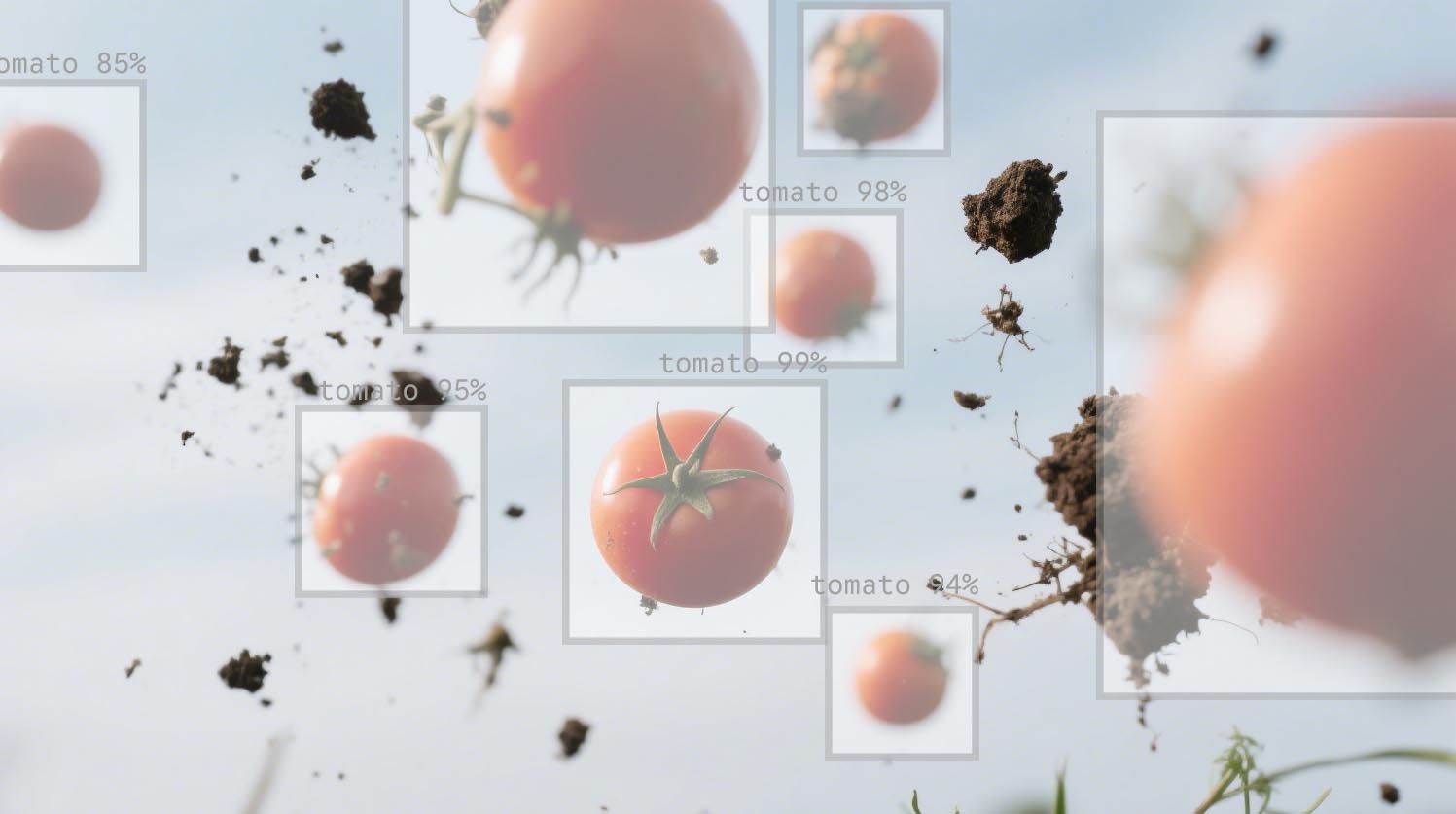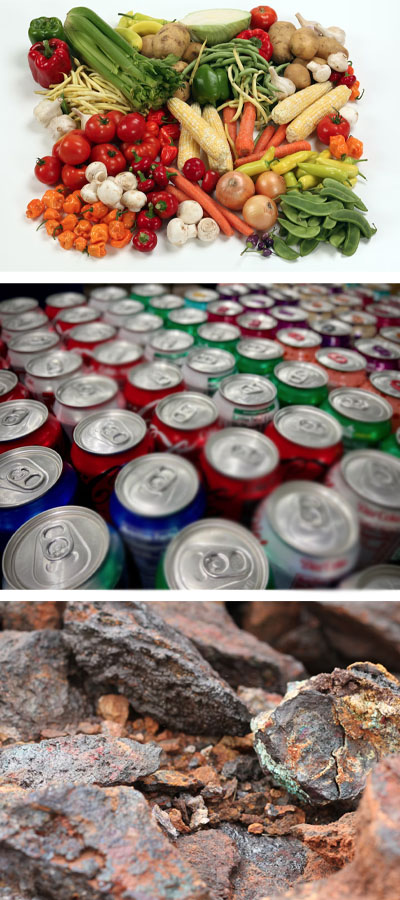Chute Type Optical Sorting Machine
Belt Type Optical Sorting Machine
Multi Sensor Optical Sorter
AI Optical Sorting Machine
What is Optical Sorter
An Optical Sorter is a specialized sensor-based machine designed to separate materials based on their optical properties such as color, shape, or texture. It falls under the broader category of Sensor-based Sorting Machines, utilizing advanced imaging technologies to achieve precise material classification. This equipment plays a critical role in industries where purity and quality control are paramount, such as food processing, recycling, and mining operations.
Optical Sorters come in various configurations to handle different material flows and sorting requirements. The technology has evolved from simple color-based separation to sophisticated multi-spectral analysis capable of detecting subtle defects invisible to the human eye. These systems represent a significant advancement over manual sorting methods, offering unparalleled speed and accuracy while reducing labor costs and improving product consistency.

How Optical Sorter Works
1 Camera Capture
The instantaneous image is captured through the optical lens and passed to the next link for analysis.
2 Intelligent Classification
AI-powered processors analyze spectral responses in real-time, making 5,000+ decisions per second with 99.95% accuracy for complex material separation.
3 High-Speed Processing
Operates at industrial speeds of 12 tons/hour while maintaining micron-level precision, significantly outperforming traditional optical sorters.
4 Selective Ejection System
256-nozzle air jet arrays remove target materials with 0.01ms timing accuracy, achieving 99.9% pure output streams for premium product quality.
The fundamental working principle of an Optical Sorter involves scanning materials as they pass through a detection zone using high-resolution cameras or sensors. As particles travel through the system, typically on a vibrating chute or conveyor belt, they are illuminated by specialized lighting that enhances their optical characteristics. The sensors capture detailed images which are immediately processed by sophisticated algorithms to identify and classify each particle based on predefined parameters.
When the system detects a particle that doesn't meet the specified criteria, it triggers a high-speed ejection mechanism, usually consisting of precisely timed air jets that divert the unwanted material into a rejection channel. This entire process happens at remarkable speeds, with modern Optical Sorters capable of processing thousands of particles per second while maintaining exceptional accuracy levels. The synchronization between detection, processing, and ejection happens in milliseconds, making these systems incredibly efficient for large-scale operations.
Application Scenarios
Optical Sorters find applications across numerous industries where material purity is critical. In food processing, they remove foreign materials and defective products from streams of grains, nuts, fruits, and vegetables. Recycling facilities use them to separate different types of plastics, metals, and other recoverable materials from waste streams. The mining industry employs these systems for ore sorting, significantly improving processing efficiency by rejecting waste rock early in the beneficiation process.
The technology continues to expand into new areas as sensor capabilities improve. Pharmaceutical companies now use Optical Sorters to verify pill integrity and packaging quality. Electronics manufacturers utilize them for component sorting and quality control. Even the textile industry has adopted these systems for color sorting and defect detection in fabric production. The versatility of Optical Sorters makes them valuable assets in any operation requiring precise material separation.
Purchasing Guide
When selecting an Optical Sorter, several critical factors should be considered to ensure optimal performance. Material characteristics such as size range, moisture content, and flow rate significantly influence machine selection. The required sorting accuracy and percentage of defects in the raw material will determine the necessary sensor configuration and processing power. Facility constraints like available space, power supply, and maintenance access should also factor into the decision-making process.
It's advisable to request material testing from potential suppliers to verify machine performance with actual product samples. Consider not just the initial purchase price but also total cost of ownership, including energy consumption, spare parts availability, and potential for future upgrades. Supplier reputation, installation support, and training offerings can significantly impact the long-term success of the sorting system implementation.
Maintenance Guide
Proper maintenance is essential for maintaining Optical Sorter performance and longevity. Regular cleaning of optical components is crucial as dust or product residue can impair sensor accuracy. The ejection system requires periodic inspection to ensure proper nozzle function and air pressure consistency. Mechanical components like vibratory feeders or conveyor belts need lubrication and tension adjustments according to manufacturer specifications.
Implementing a preventive maintenance schedule can prevent unexpected downtime. This should include regular calibration checks of the sensor system and periodic software updates. Operators should be trained to recognize early warning signs of component wear or system drift. Maintaining proper environmental conditions around the sorter, particularly controlling dust and humidity levels, will significantly extend the equipment's service life and maintain sorting precision.

Technical Specifications
Modern Optical Sorters typically feature high-resolution CCD or CMOS cameras with spectral ranges that can extend beyond visible light into near-infrared (NIR) or even X-ray wavelengths for certain applications. Processing power has increased dramatically, with many systems now incorporating industrial-grade computers capable of analyzing hundreds of images per second. The ejection systems have similarly advanced, with some models featuring hundreds of individually controllable nozzles firing at speeds exceeding 100 milliseconds per pulse.
Throughput capacities vary significantly by machine type and application, ranging from a few kilograms per hour for laboratory-scale units to over 20 tons per hour for industrial food processing machines. Power requirements generally range between 5-20 kW depending on the system size and complexity, with many models designed to operate on standard industrial power supplies. Most Optical Sorters include comprehensive software suites that provide real-time performance monitoring, data logging, and remote diagnostics capabilities.
Specification Comparison
The following provides a brief comparison between the M3 model (representative of Chute Type Optical Sorting Machines) and the B300 model (representative of Belt Type Optical Sorting Machines).
| SPECIFICATION | M3 | B300 |
|---|---|---|
| Power | 2.6 KW | 2 KW |
| Capacity | 2-5 T/H | 1-3 T/H |
| Camera Number | SIX | TWO |
| Accuracy | 99.99% | 99.99% |
| Size (mm) | 1800X1650X2020 | 2750X980X1530 |
| Weight | 750kg | 700kg |
| Sorting Mold | Color identification / Size identification / Edge identification / Texture identification / Shape identification | |
| Camera Pix | 5400 Pixel | |
| Ejector | Super-High Speed Matrix Ejectors | |
| Light Source | LED RGB three-primary color model lighting systems | |
| CCD Sensor | TOSHIBA Micron-sized superior HD RGB | |
| Touch Screen | HITACHI 10.4 inch operation screen system (Remote debugging after connecting to WIFI) | |
Core Features and Advantages
Optical Sorters offer several distinctive features that set them apart from traditional sorting methods. Their ability to perform non-contact sorting ensures material integrity while preventing cross-contamination. The systems incorporate self-learning algorithms that continuously improve sorting accuracy over time, adapting to variations in raw material quality. Many models feature customizable sensitivity settings that allow operators to fine-tune the sorting parameters for different applications or quality standards.
The advantages of Optical Sorters are particularly evident in their operational efficiency and sustainability benefits. They dramatically reduce the need for manual sorting labor while significantly increasing throughput rates. These systems contribute to sustainability efforts by improving material recovery rates in recycling applications and reducing food waste in processing operations. The precision sorting also leads to higher product quality, which translates to better market value and reduced customer complaints about product impurities.